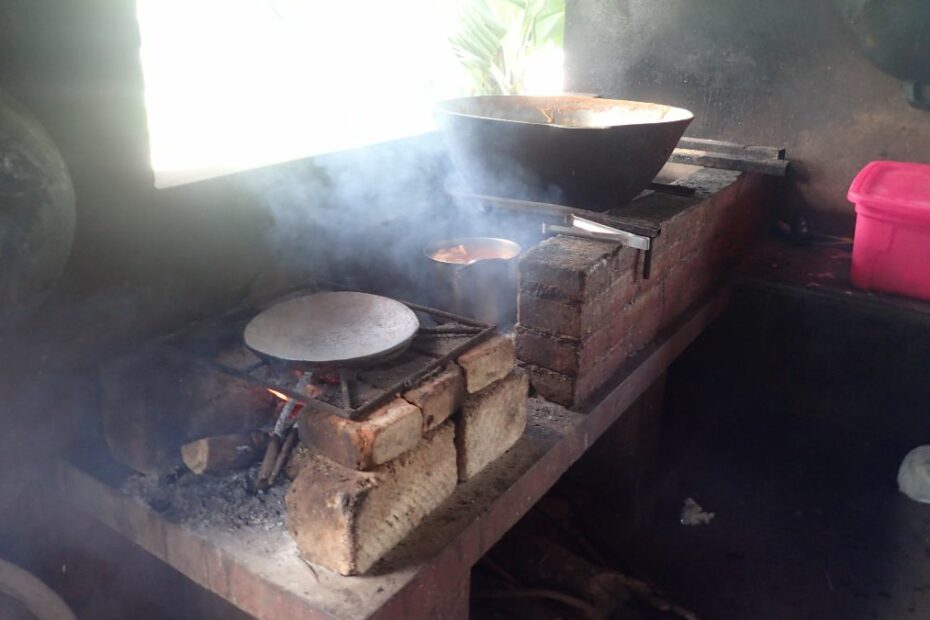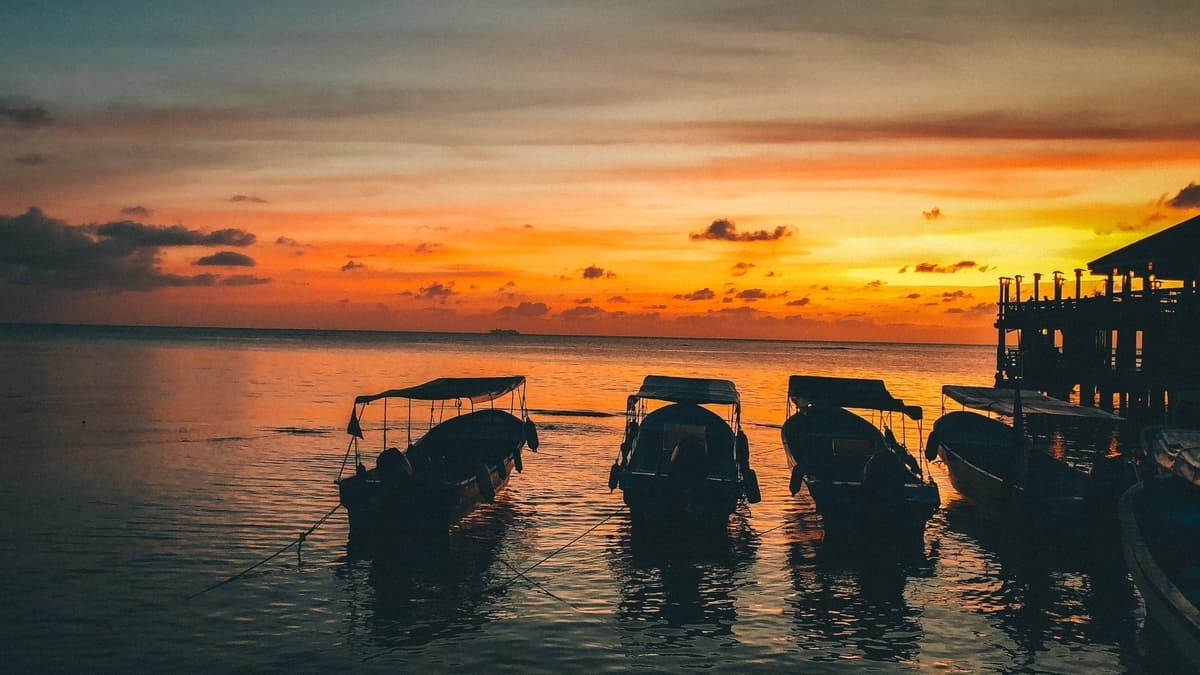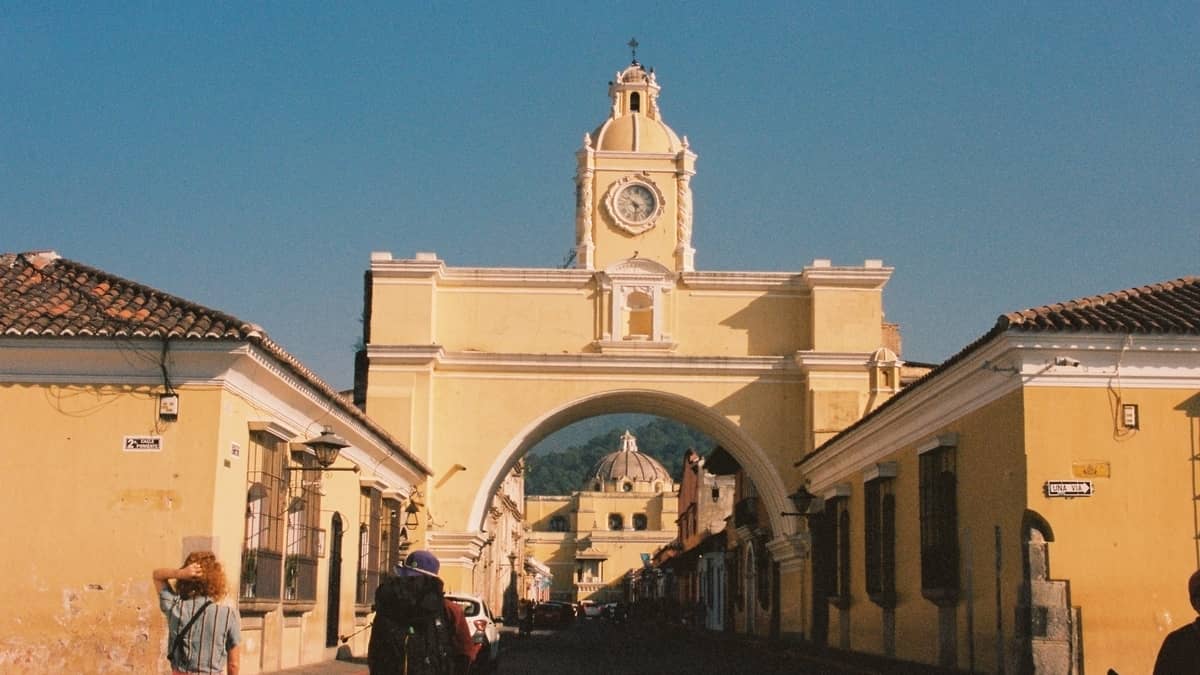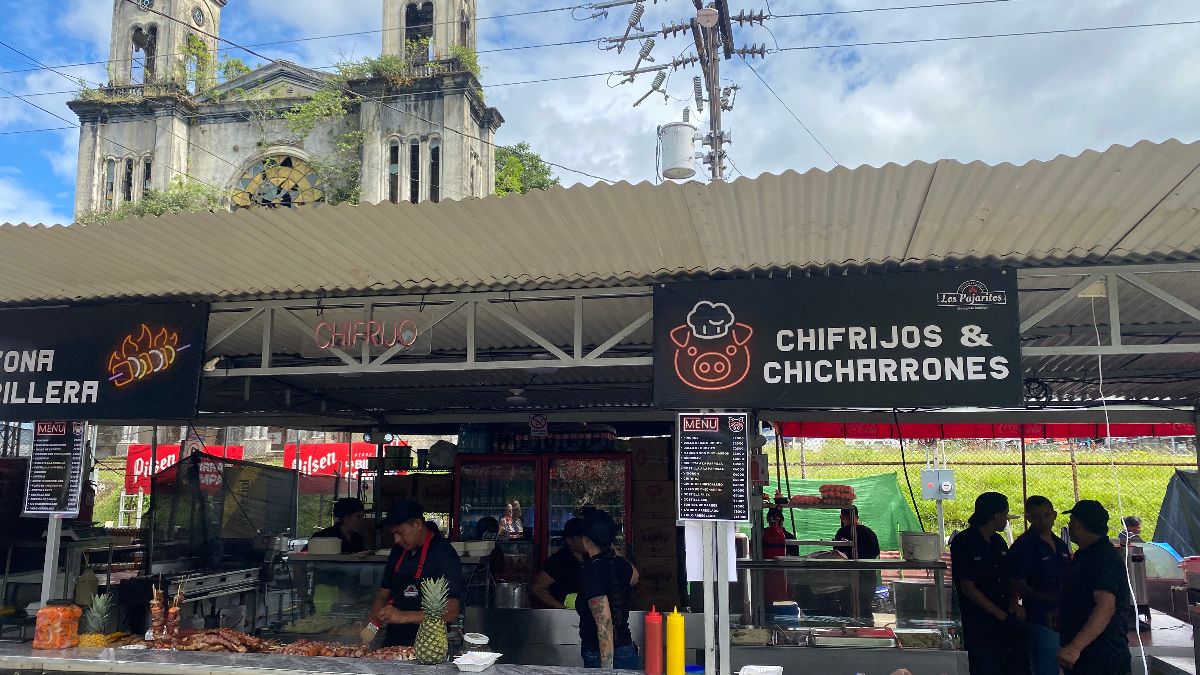Nicaraguan cuisine is unique and delicious. Some recipes even derive from cannibalism. In this updated article from the late, great Pat Werner, we look at some typical (and not so typical) food from the Land of Lakes and Volcanoes.
One rainy night, many years ago, I followed the Rio Coco, the longest river in Central America, marking the border between Nicaragua and Honduras. On a wet and tired mule, I rode downriver between El Tablazo on the Honduras side, and Somotines on the Nicaragua side. I found some huts and asked the lady at one of them if she could cook me something – anything – to eat.
She agreed and said she had dinner in the outside oven in the back. From the oven, I could smell a stew of plantains, corn, ayote, vegetables I did not know, and a roasted howler monkey. Tired and hungry, I paid her for a meal and ate my fill, which I have to say was very good.
Nicaraguan cuisine is not all about eating howler monkeys, of course. But thousands of years of indigenous cooking blended with five hundred years of Spanish, African, and other styles has made Nicaraguan food something rather unique and wonderful.
View this post on Instagram
Pre-Colonial Culinary History
When the Spanish arrived in 1522, they found western Nicaragua densely populated, with a population of some 700,000. Recent archaeological digs have provided some answers about what these people ate: corn, jocotes, most types of mammals, turtles, fish, birds, and the small dogs – xulos – the Aztecs liked to eat.
Since they had no metal pots and pans, they cooked by boiling packets of food wrapped in thick leaves, a practice still in use today, with the most famous examples being nacatamales. A nacatamal is a mixture of corn dough, meat, rice or potato (optional), and a small hot pepper called the chile congo put in to fool careless consumers.
They make nacatamales all over Nicaragua, but my favorites come from Carazo, and in Carazo, the best come from Masatepe. Diriamba tamales come in a close second. Below are a couple of other typical tamales found in Nicaragua:
- Yo Tamal: This is a sweet tamal with no filling, just corn dough. You eat them with cheese or sour cream.
- Tamal Pizque: This most resembles the Salvadoran tamal in appearance. Like the yo tamal, it also comes without filling and has no strong flavor. Again, cheese and sour cream are the most popular accompaniments.
Nicaraguans traditionally eat tamales on Sunday mornings while reading the local newspapers. A long-running joke among families all over Nicaragua is to see who bites down on the chili congo.
View this post on Instagram
Traditional Stews and Casseroles
Nicaraguan casseroles, stews, and soups are bracing and delectable. Nicaraguans cut up the vegetables into much larger pieces than Americans do. They include:
- Indio Viejo: A casserole of corn dough, with stringers of cooked beef, chicken, or pork dispersed throughout the cooked dough. The rich orange color comes from the achiote.
- Vaho (or Baho): The best vaho comes from Diriamba. It consists of red plantains, tomatoes, onions, yucca root, tesquisque, and salted beef. Fun fact: It resembles the stew described by Spaniard Gonzalo Fernandez de Oviedo Y Valdez in 1528 and was the original recipe for cooking human meat.
- Ajiaco: A stew made of pork ribs, sweet jocotes, and jiquilite leaves. It’s worth a try but is bland. Look for the jocotes to spice it up.
- Sopa de queso: The tradition is to eat this during Lent. It’s a thick soup with corn dumplings in the shape of little donuts.
- Sopa de cola: (oxtail soup): A big pot of soup cooked apart from a larger pot of the joints of a cow’s tail cooked so that the meat falls off the bone.
- Sopa de Albóndigas: (meatball soup) A soup made with Nicaraguan meatballs.
View this post on Instagram
Colonial Influence on Nicaraguan Cuisine
The Spanish traditions brought to Nicaragua were completely different from the indigenous traditions they found. Mondongo could be the most famous colonial food in Nicaragua. Made from cow stomachs and/or hooves (which float around in the bowl), it’s also the food expats seem to love to hate. If you strip off the hoof nail of a cow, the meat underneath is succulent and tender with a fine flavor.
Somewhere along the line, Spanish colonists also invented moronga, or pork blood sausage. Moronga has a delicate flavor, often made with the same chili congos that go into tamales. When fried, it goes well with fried eggs and gallo pinto.
My favorite food in Nicaragua is cow’s tongue in sweet tomato sauce. It could be Spanish, but I’m not sure. It doesn’t appear to be common in either Honduras or Costa Rica.
Caribbean Coast Cuisine
Nicaragua’s Caribbean side has a different history from the rest of the country. The lumber concessions and banana plantations on the Caribbean side brought in workers from Jamaica, who in turn brought their foods, customs, and language with them. Food names are in English and they use sugar to brown their meat. Bread baked with coconut milk and meat patties are both products of the cultural mix of the Caribbean side.
Rondón, a stew made with coconut milk and (traditionally) green sea turtle meat, is unforgettable. The name rondón derives from “run down” in English, where you used to “run down” someplace to find the ingredients for the meal. If eating endangered turtles feels as bad as eating howler monkeys, rondón is mostly prepared with crab meat, lobster, fish, shrimp, or other seafood nowadays. With the large, brackish water lagoons along the Caribbean coast, seafood abounds. The lagoons are full of snook and shrimp, and the waters offshore are full of spiny lobsters.
View this post on Instagram
Modern Nicaraguan Street Food and International Influence
And then there’s quesillos, with no American or European equivalent. Quesillos are fresh farmer’s cheese, chopped onions, and sour cream wrapped in a thick corn tortilla. I never met a person who tried a quesillo who didn’t like it.
In any city or town in Nicaragua, the sound of salespeople singing out “Quesillo quesillo! Quesillo quesillo!” is a backdrop to daily life. Sold in plastic bags, quesillos are the ultimate Nicaraguan street food.
Over the past twenty years, many fast foods have entered Nicaragua, and this is no bad thing. Most of the major chains are now in Managua, while Tip Top, Nicaragua’s answer to KFC, is all over the place, in most towns.
San Juan del Sur, Granada, Leon, and other cities all have plenty of pizza restaurants, burger joints, taco stops, and other places to find international food. They have nothing whatsoever to do with the history of Nicaraguan food, but they seem to sell.
I ate my first McDonald’s burger 60 years ago and I still like them. I have hunted and fished and eaten most everything that flies, swims, crawls or walks in Nicaragua, and I still like a Big Mac. After all, despite the abundance of amazing Nicaraguan food around me, who doesn’t?
View this post on Instagram
Pat Werner was a longtime resident of Nicaragua, arriving in 1987, where he lived until he passed away in 2019.




